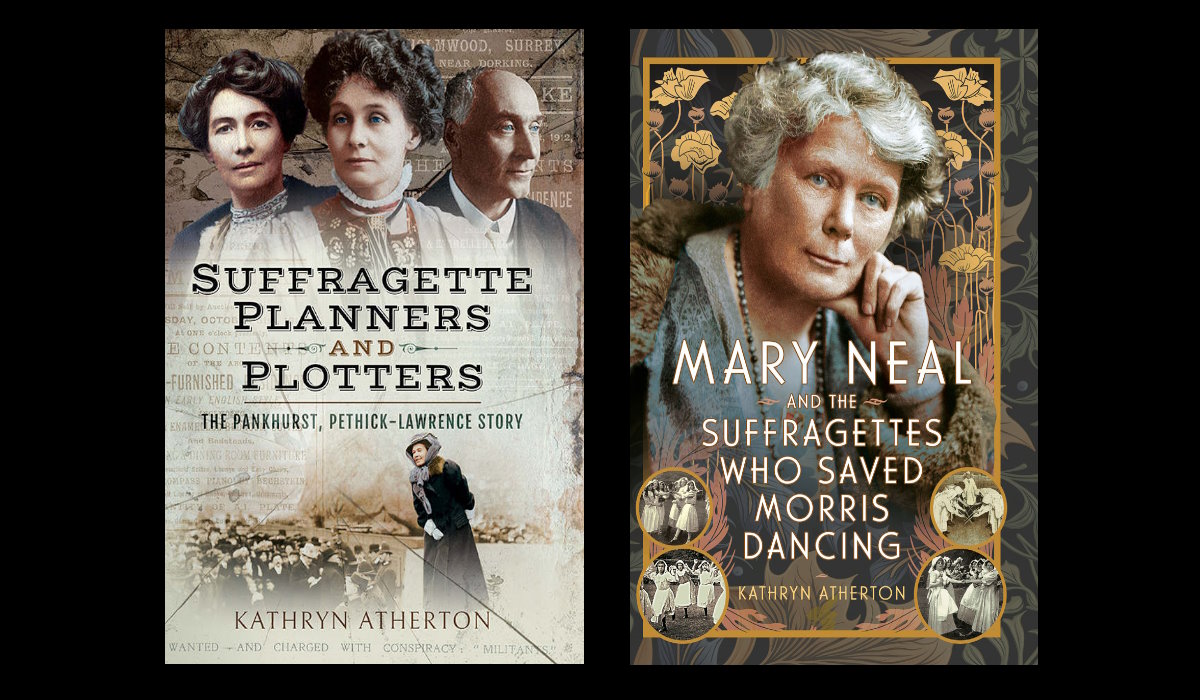Emmeline Pethick Lawrence
Wikimedia Commons
An exploration of the highly innovative work with young women in the 1890s by two extraordinary women – and some later developments.
In the archives: Working girls’ clubs by Emmeline Pethick
[Thanks to the work of Kathryn Atherton this piece will soon be updated and extended]
Mary Neal (1860 – 1944) and Emmeline Pethick (1867 – 1954) came to this area of work in the 1890s as ‘Sisters’ in the West London Mission (for an account of the mission see Bagwell 1987). Mary Neal was the first. In fact, Pethick initially replaced her when she had tuberculosis, but Neal returned, and they worked together for a time.
Emmeline Pethick began her work at Cleveland Hall in Cleveland Street, London ‘where she won the affection of the high-spirited but frustrated girls by teaching them the active games which amused her young brothers’. ‘Soon’, says Brittain, ’she learned the contrast between their values and hers’ (1963: 27).
Together, Pethick and Neal used St Christopher’s Boys’ Club as a base and made a significant number of innovations. They began country holidays for the girls (and later Pethick was to set up The Green Lady Hostel at Littlehampton with Lily and Marion Montagu. However, it was after leaving the Mission in 1895 that they began a significant experiment. They started a club – the Espérance Club; and then, disturbed by the exploitation of young women by the West End dress trade, a tailoring co-operative – Maison Espérance (described in Pethick 1898). Their contribution to youth work was the recognition of a social and political dimension to work with young women. For example,
The conditions, not only of the home, but of the factory or workshop had to be taken into account. It became our business to study the industrial question as it affected the girls’ employments, the hours, the wages, and the conditions. And we had also to give them a conscious part to take in the battle that is being fought for the workers, and will not be won until it is loyally fought by the as well (Pethick 1898: 104).
Emily Pethick went on to become the treasurer and key organizer with the Pankhursts of the English Suffrage Union (see Pethick Lawrence 1938). The name of Espérance lived on as the club’s young women became a focus for the revival of Morris dancing (making particular use of the Passmore Edwards Settlement).
Mary Neal became an important figure in the breathing of new life into the English folk music and dance movement – and entered a considerable dispute with Cecil Sharp (Judge 1989). There is a women’s Morris crew named in her memory – Espérance – now in Islington. Neal was also central to the setting up of the first purpose-built play centre at Passmore Edwards Settlement.
References
Atherton, K. (2019). Suffragette Planners and Plotters. The Pankhurst/Pethick-Lawrence Story. Barnsley: Pen & Sword Books.
Atherton, K. (2024). Mary Neal and the Suffragettes Who Saved Morris Dancing. Barnsley: Pen & Sword Books.
Bagwell, P. (1987) Outcast London. A Christian response; The West London Mission of the Methodist Church 1887 – 1989, London: Epworth Press.
Brittain, V. (1963) Pethick-Lawrence. A portrait, London: George Allen and Unwin.
Judge, R. (1989) ‘Mary Neal and the Esperance Morris’, Folk Music Journal (5) 5: 545-591.
Pethick, E. (1898) ‘Working Girls’ Clubs’ in W. Reason (ed.) University and Social Settlements, London: Methuen and Co.
Pethick-Lawrence, E. (1938) My Place in a Changing World, London: Victor Gollanz.
Other sites
The Society of Folk-Dance Historians – Mary Neal
Mary Neal… an untold story: the product of the Mary Neal Project and funded by the University of Winchester, National Lottery and Heritage Lottery Fund (published around 2014).
© Mark K. Smith. First published August 7, 1997. In the process of being updated, August 2024.

